How to Find the Best IVF Transfer Socks
Written By Alecsa Stewart
Finding the Best IVF Transfer Socks: What Are Infertility Socks and How Can They Help You?
Undergoing an in vitro fertilization treatment (IVF) is an important and possibly tense moment in your life. As a hopeful would-be mother grappling with fertility concerns and going through the procedures, you will need to have total calm, comfort and support from all aspects of your life during this time. In addition to the medical advice that your health practitioner or doctors will provide, there are also other elements that you can optimize outside of the medical practice.
IVF transfer socks or infertility socks are compression garments that you can wear during IVF. How can they help keep you warm and comfortable and what are the benefits of compression socks for IVF?
In this article, we’ll cover what IVF socks are, how they work for you during your IVF transfer, and how you can make the best choice of IVF socks and use them to optimize your chances of becoming pregnant.

What are IVF Socks?
When women undergo IVF and, later, when they are pregnant, compression socks offer a lot of benefits for blood circulation and for keeping feet warm as well. Although there are no standard “IVF socks”, the term refers to compression socks that you can wear during IVF transfer (or embryo transfer).
Note: If you search for “IVF socks” online, you’ll find a great range of gifts that friends choose for their women friends going through the embryo transfer treatment. Those are great fun, but they are NOT the compression socks we are talking about here!
How to Keep Your Feet Warm During IVF Transfer
So, let’s say you’ve gone through your IVF transfer and are now anxiously awaiting the result to find out if your embryo has attached itself successfully. What can you do during this time to increase your chances?
One of the myths of IVF is that you should keep your feet wrapped in warm socks – based on ancient Chinese medicine that suggests that a “cold womb” cannot become pregnant. Whether fact or fiction, wouldn’t it be nice to keep your feet warm and comfortable and reduce your stress and worries?
To do this, a pair of light pressure compression socks can do just the trick. Whether you walk around a lot at your job or – on the contrary – have to sit for extended periods of time, avoid getting cold feet and increasing your anxiety. Wearing compression socks boosts your blood circulation, keeping body temperature more even, and also protects you from swollen ankles and other sources of discomfort.
The Benefits of Compression Socks for IVF
During your IVF transfer and also your pregnancy, compression socks can provide a number of benefits to your overall health. Thanks to the way the compression acts on your lower limbs, wearing compression stocking or socks helps reduce swelling, avoid medical conditions and overall feel more comfortable and lighter. Here are just a few of the benefits you can get from wearing them:
- Energize and keep your lower limb blood circulation going well. Through their therapeutic effects, compression socks improve blood flow, allowing the oxygen it transports to flow freely to the muscles. This will make you feel more energetic and lively – whether you sit at a desk all day long for your work, or are taking a long flight, or standing around for hours.
- Reduce swelling and fluid retention. This is a huge benefit for expecting mothers. Medically known as edema, this can lead to worse complications like varicose veins and DVT (deep vein thrombosis), so using compression socks to keep legs from swelling will put in a much better position to feel more comfortable during your pregnancy.
- Alleviate aches and pains. With the swelling described above, many patients report aches and pains in their lower legs. This is the last thing you need as you go through IVF transfer and pregnancy! Since compression socks prevent the swelling, you will also avoid these pains and feelings of heaviness.
- Sleep better. Yes, another key part of our recovery and immunity building process, sleep can be affected by conditions such as sleep apnea, restless leg syndrome and others. All of them contribute to creating stress that can negatively affect your chances during IVF treatment. Compression socks have been shown to help with these conditions, so wearing them at night can provide a huge benefit.
- Keep legs and lower limbs warm and safe from injuries. You’re probably more likely to want to wear your compression socks when they come in fun patterns and colors, and they will also help you keep your lower limbs safe from a variety of external possible dangers. For example, wearing them when walking outdoors can prevent cuts and grazes that could get infected and affect your health. Additionally, wearing them throughout the day and even at night keeps your legs warm and comfortable, making you feel in the best mood to carry through your IVF treatment.

How to Choose IVF Socks
You may be convinced of the benefits of compression socks during and after your IVF treatment, but how do you make sure you choose the right ones for you?
Getting the right IVF socks requires a few quick checks, all of which don’t really need input from a medical professional (except if you have doubts about the level of compression). Here is what we advise to look for:
Fit
Your compression socks need to fit snugly, but not too tight, for you to get the full benefit of wearing them. This means trying them on in store and ensuring you’re comfortable wearing them for a longer period of time. Remember: the aim is to keep your blood flow going, not to cut off your circulation, so don’t choose anything excessively tight!
Style
It’s a matter of personal preference, but of course it helps to look good in your compression socks, too! We stock so many different styles, from summery watermelon prints to cool plaids and beyond. You can wear more low-key, muted styles of compression socks at work, and some fun, quirky designs when you’re off duty.
Material
The type of material the socks are made of is very important and will influence what activities you can use your IVF socks with. For example, merino wool is moisture wicking and keeps your feet warm in the cold, but cool in hot weather. Moisture-wicking nylon socks are also a great option to keep feet dry in humid conditions. At the same time, you could choose cotton or plain wool socks, depending on where you plan to wear them and for how long.
Level of compression
This is an important aspect when choosing IVF socks, athletics socks, or even socks for recovering from illness or injury. The level of compression – i.e., how tight socks are – is measured in MmHg. We offer the following levels:
15-20 MmHg – light compression, suitable for beginners and for most activities, as well as for sitting or standing around for long periods of time; this level is also ideal for recovery from sporting activities;
20-30 MmHg – medium compression, a step up and most suited to those who have some experience of compression socks and need a boost in the pressure applied to their lower limbs;
30-40 MmHg – strong compression, mostly recommended by a medical professional in specific cases.
Graduated compression
The “fourth” element of compression is graduated compression – where pressure starts at the ankle and gradually eases above. By squeezing the leg this way, the blood circulation is stimulated back up and into your body, and swelling is minimized. You can find out more about the benefits of using graduated compression socks here.
How to Use Compression Socks During IVF
So, how do you use your IVF socks, you may wonder? It’s really quite simple. You can wear a light compression sock pretty much all day long, any time you think of it. There are no counter-indications or side effects and you can even sleep in them.
However, if you consider wearing stronger compression garments, we suggest starting off slowly and easing yourself into the feeling. For example, you could wear a pair of medium compression socks for a few hours during the day, then switch the lighter compression for a few hours. The key is to try and find out what works best for you, without jumping into the highest compression levels from the beginning.
There is no specific timeframe for using compression socks: you can have them on all day and all night, if that makes you feel good. Just remember to care for them and wash them according to these instructions so you get the best use out of them for as long as possible.
The Best IVF Transfer Socks
When it comes to choosing the best IVF transfer socks, trial and error play a key role until you find the pair that is best suited to the level of compression you want. Remember that comfort is key, so don’t choose high levels of compression until you have got used to more entry-level socks!
Forget the old wives’ tales about wearing warm socks. By picking some good-quality IVF socks from a compression range that meets your style and activity requirements, you’ll feel comfortable and light-footed throughout any IVF cycle. Ultimately, you’ll get so many more health benefits from wearing compression socks than from any other regular socks.
To choose your best IVF socks, browse through the collection and choose the styles that match yours. Remember that you can have various materials depending on the activities you engage in. And enjoy these exciting times ahead as you go through an IVF cycle and then hopefully a happy and healthy pregnancy!
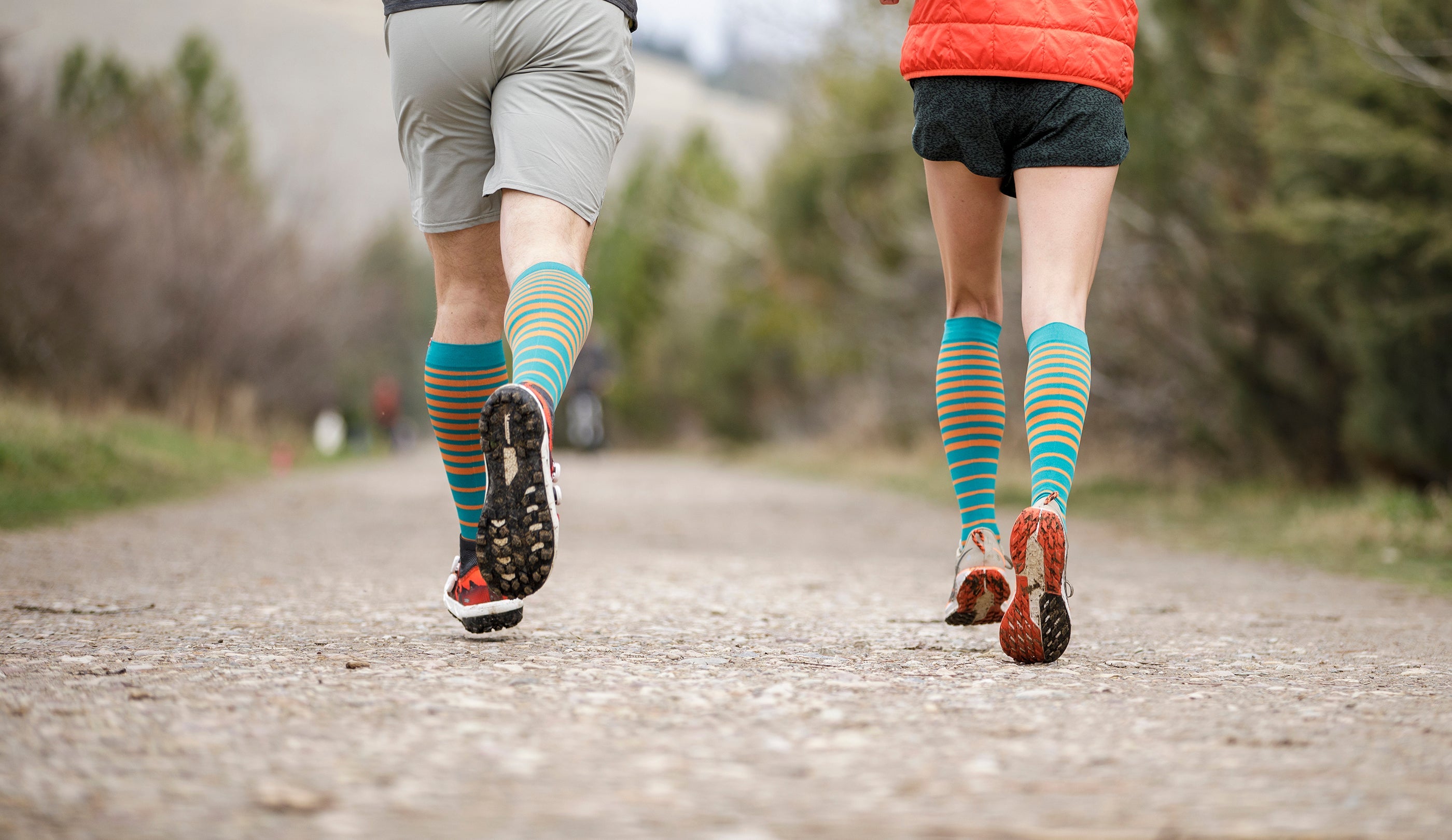
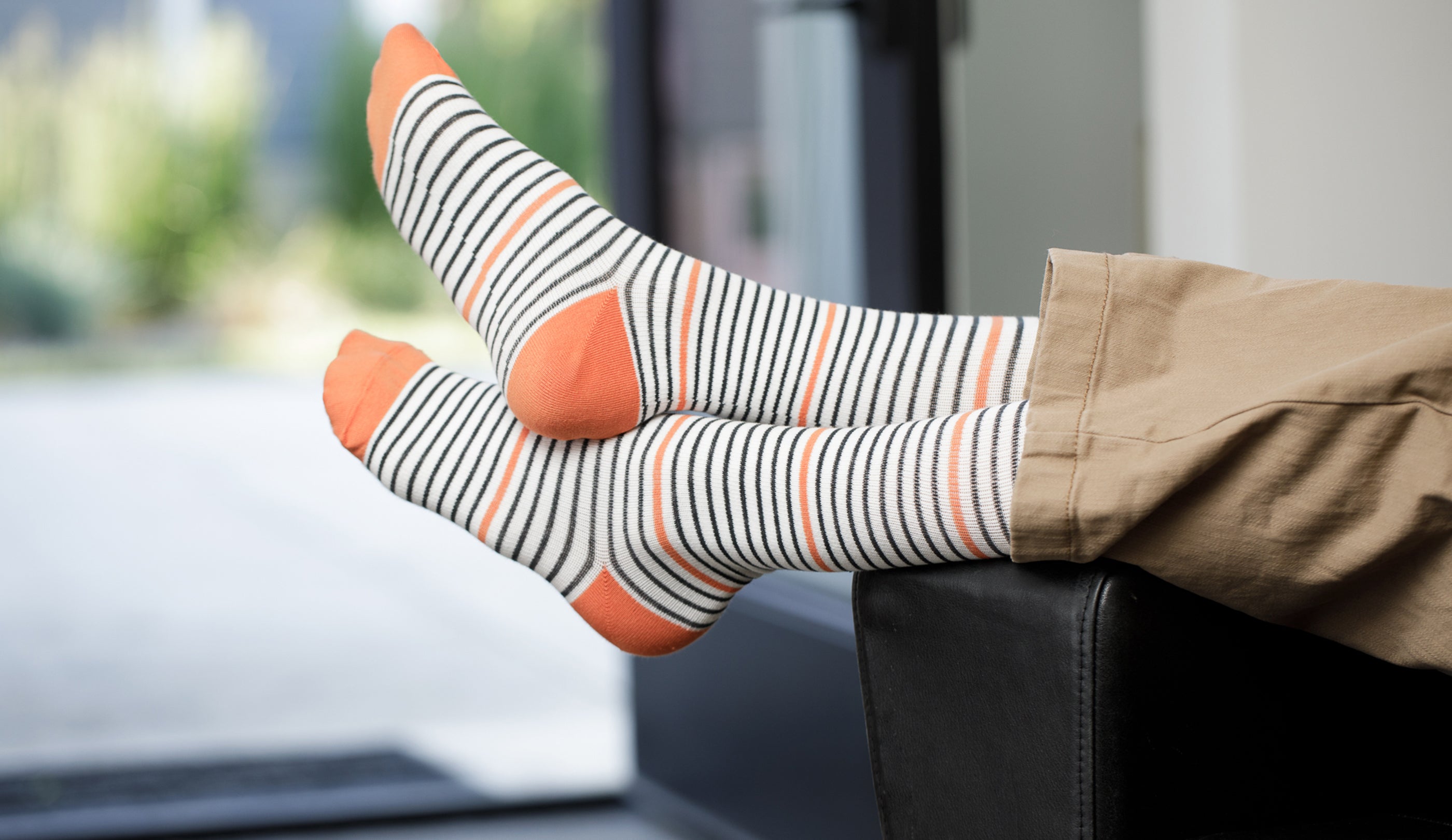

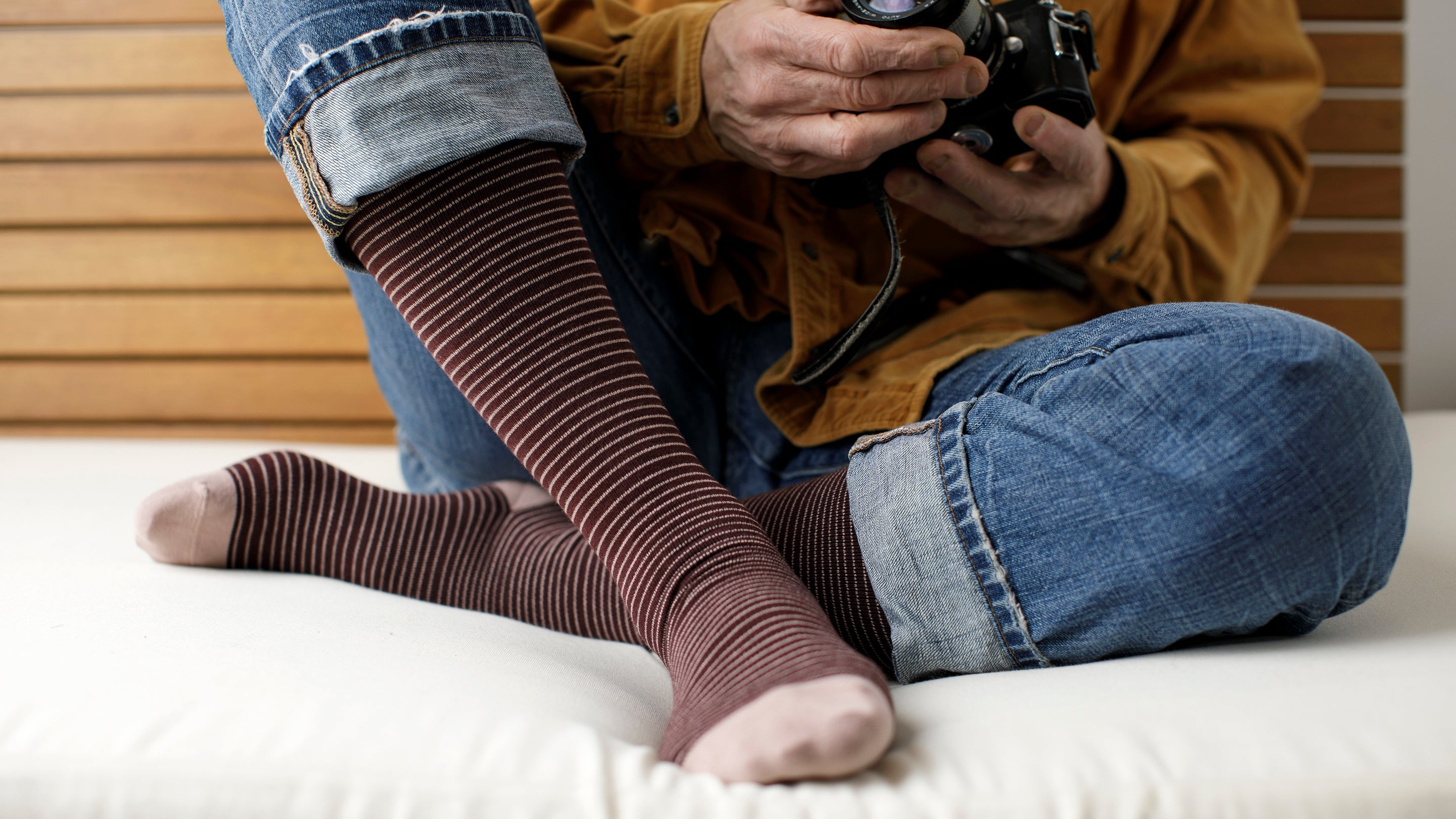





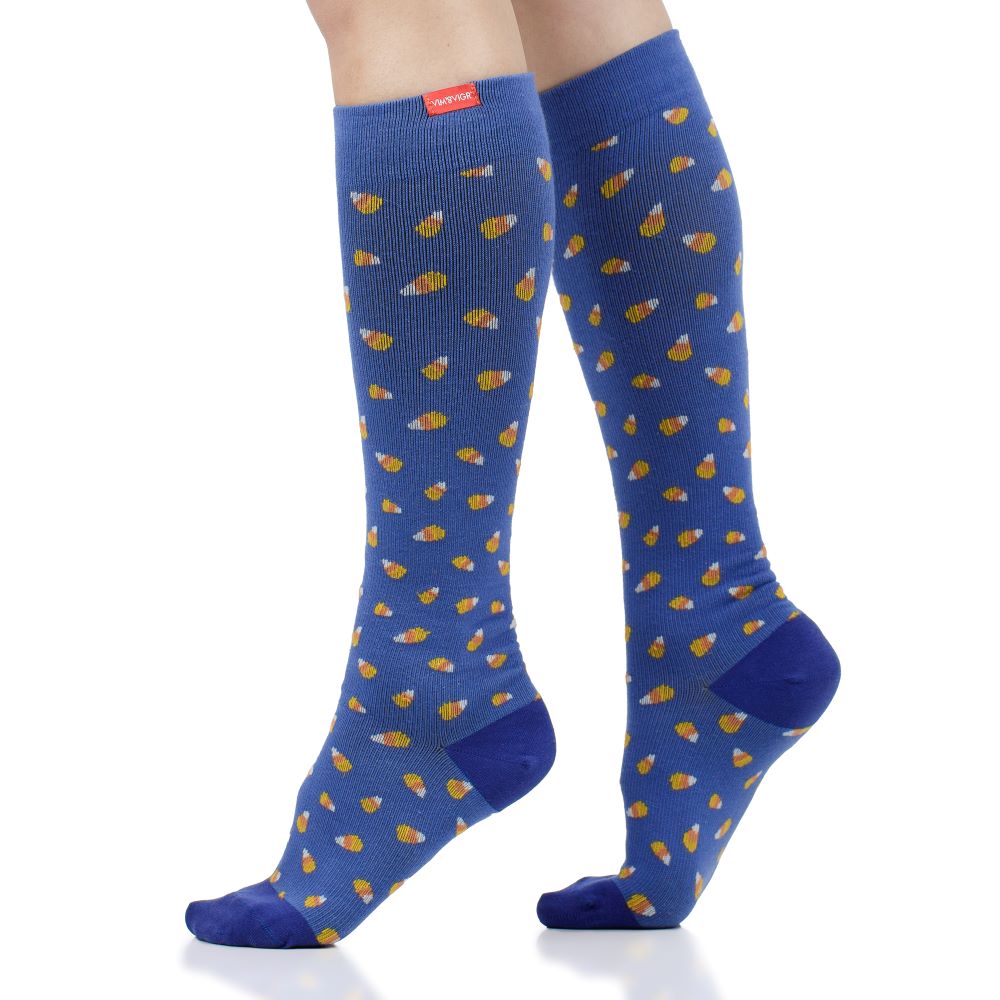

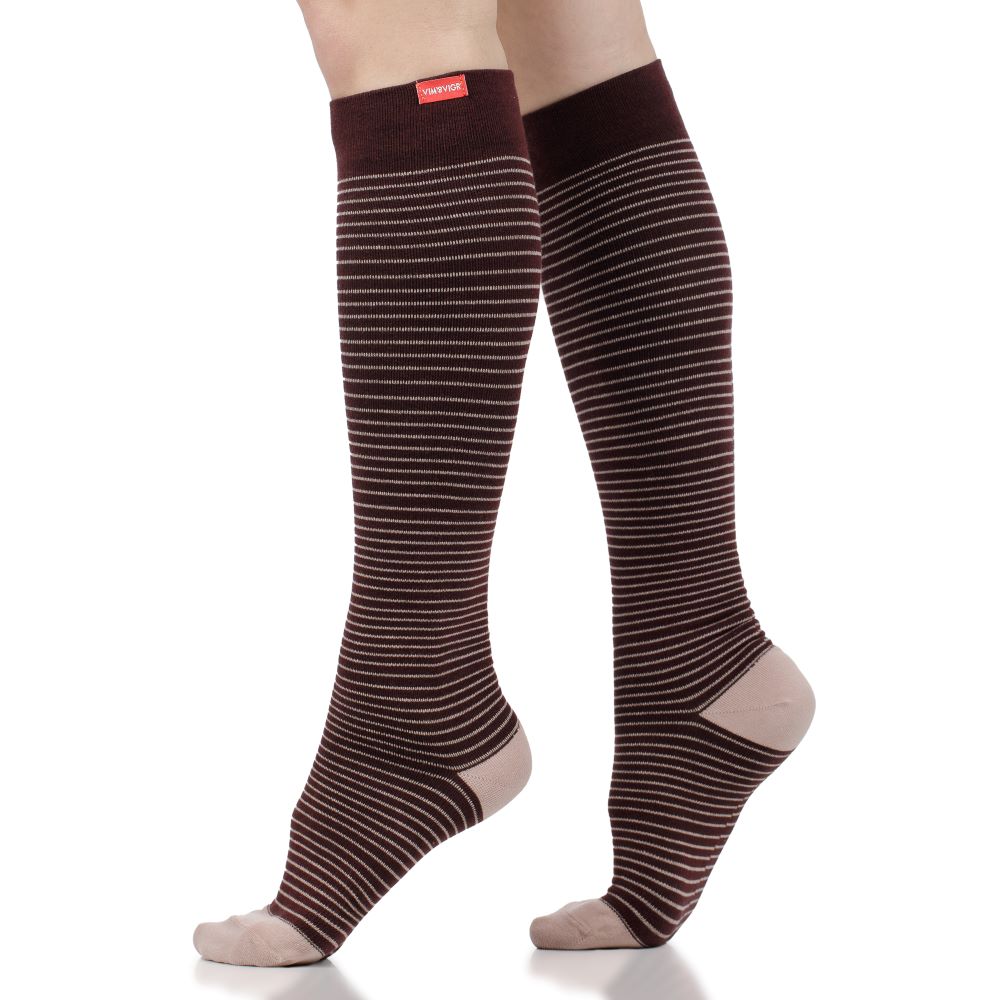
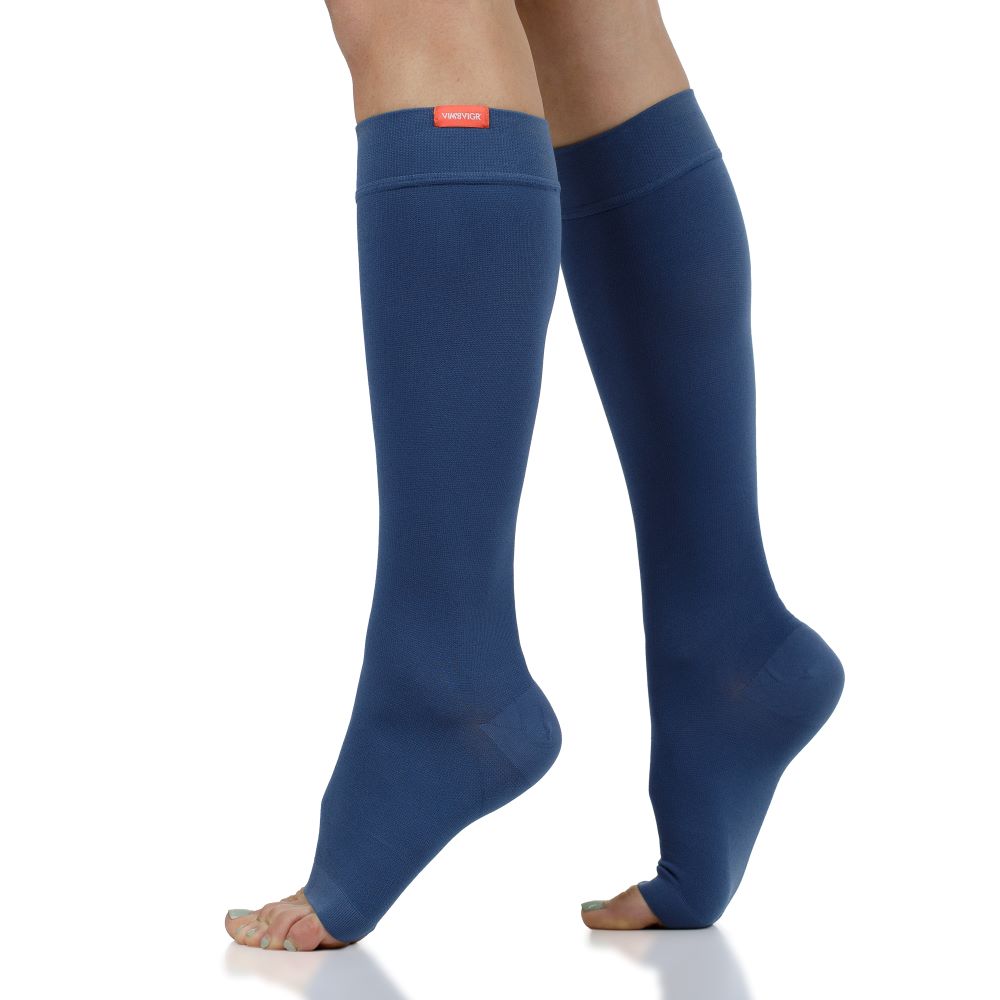
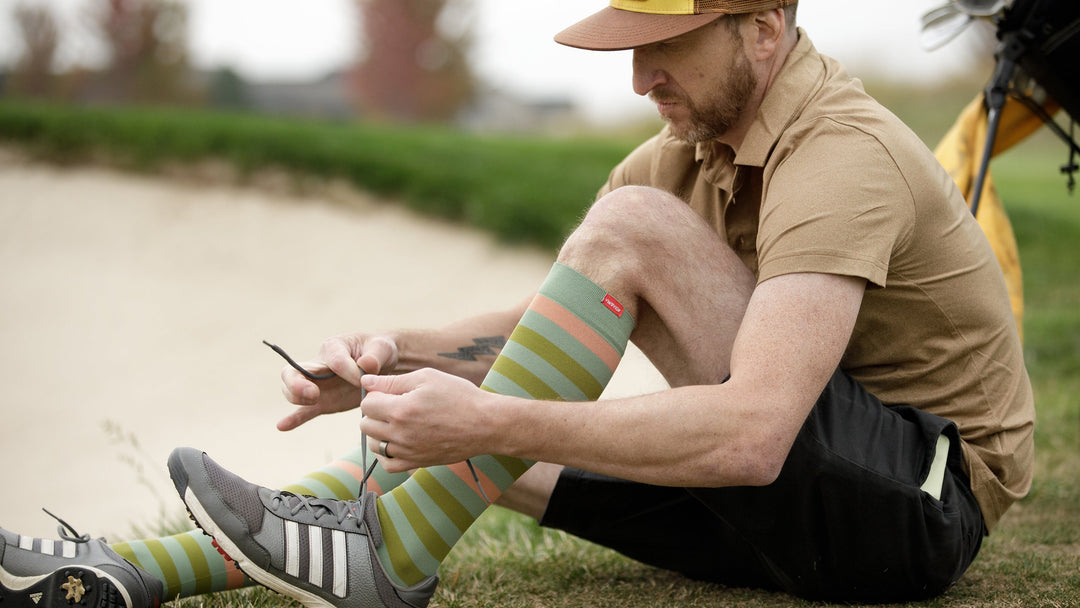

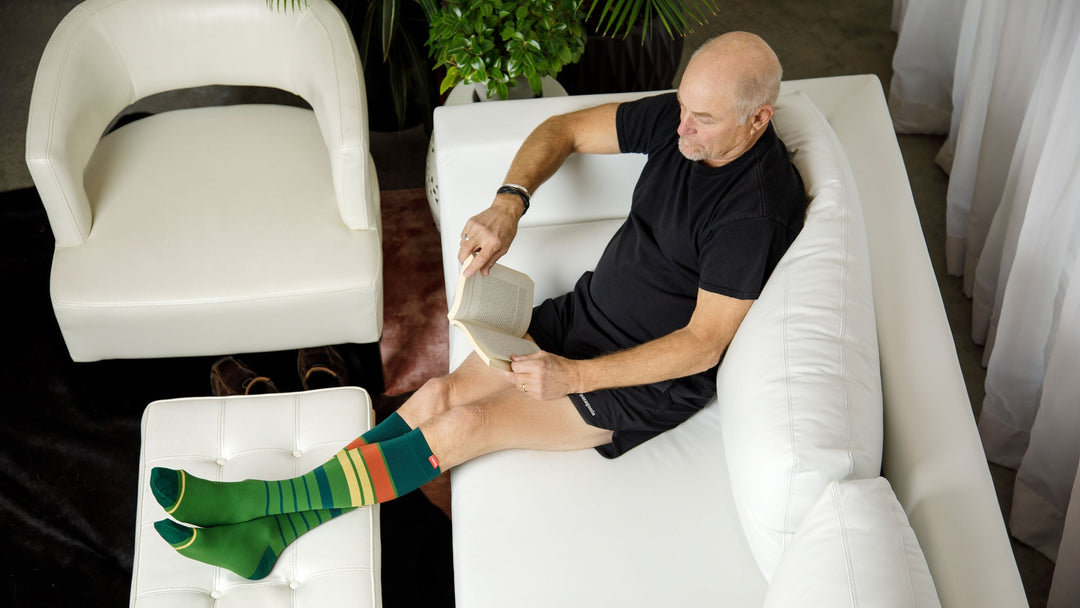



Leave a comment